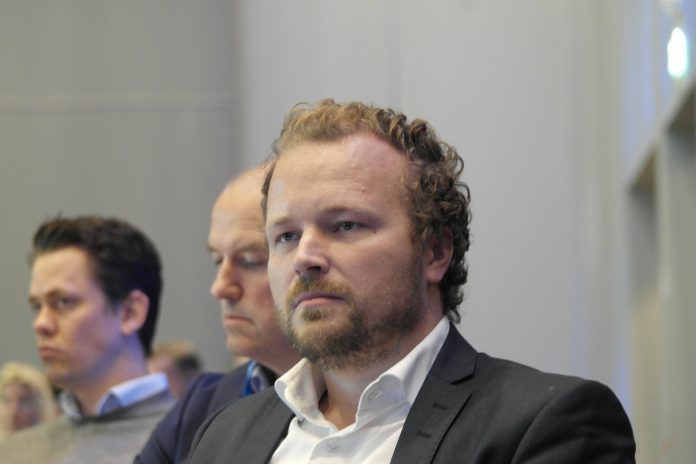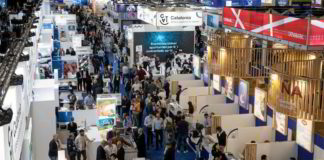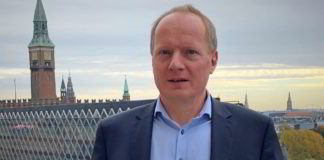Last night, the Ministry of Trade, Industry and Fisheries clarified the ‘traffic light’ designation for the various production zones. The effects on the various listed stock farming companies vary greatly.
“The winners are NTS and SALM, while the loser is LSG. For MHG and the other companies, the new report has a neutral effect,” says Sparebank1 Markets analyst Tore A. Tonseth in a message to his clients Tuesday.
Exposure
Leroy Seafood Group (LSG) has particularly heavy exposure in Hordaland, Norway, where the company controls roughly half of the county’s production of farmed salmon and trout. NTS and SalMar have their locations in Central and Northern Norway.
“Prior to the report, we expected up to three new zones in ‘green’, but the government has only allowed a zone to grow and zone 4 is set to status ‘red’. Nevertheless, the effect of the new system is that around 49 percent of all Norwegian sites are allowed to grow, up from around 40 percent in the first report.Given a growth of 6 percent over two years, this new system can provide up to 3 percent extra growth. Quite modestly historically, but remember today’s biomass supports over 7 percent volume growth over the next 12 months, and the overall volume increase over the next 12-18 months can be significant, ” says Tonseth.
The red zones, from Karmoy to Stad, are responsible for heavy production volumes.
“The two zones in ‘red’ represent about 28 percent of Norwegian sites. This may potentially reduce production in the coming years, but it will not take effect before 2019, and there are very strong incentives for the two regions in ‘red’ to reduce lice pressure to get ‘amber’ status.”
Negative
Sparebank1 Markets’ salmon analyst repeats its sales recommendations on salmon shares.
“Big volumes are coming out, and we can finally see the full price impact of a normalized Chilean and Norwegian production. In addition to the supply side, demand growth from Europe will be limited in the short term, as prices towards the end customer are still high and many processors in Europe seem to have built up inventories earlier this fall. “











